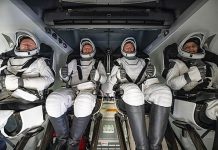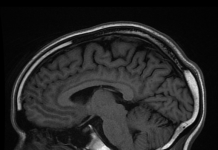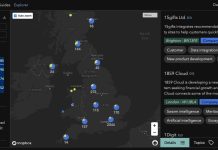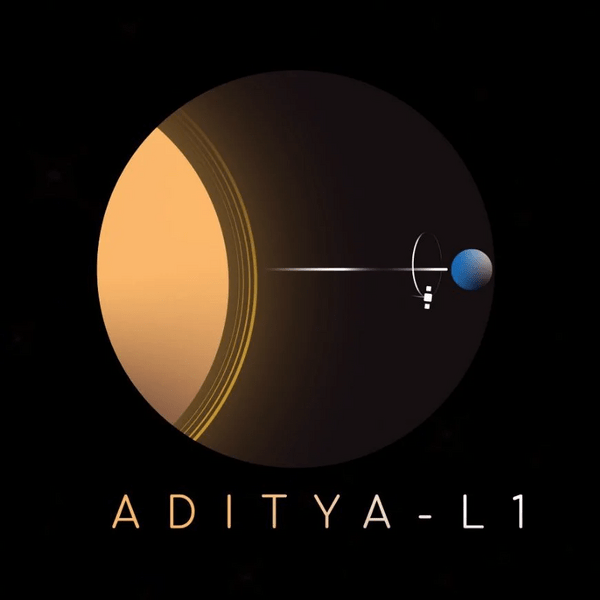The solar observatory spacecraft, Aditya-L1 was successfully inserted in Halo-Orbit about 1.5 million km away from earth on 6th January 2024. It was launched on 2nd September 2023 by ISRO.
The Halo orbit is a periodic, three-dimensional orbit at Lagrangian point L1 involving Sun, Earth and a spacecraft. Halo orbit is advantageous as it allows unobstructed, continuous observation of the Sun, and view of earth for uninterrupted communication with ground stations. Also, it is suitable for the “in situ” sampling of the solar wind and particles because it is outside earth’s magnetosphere.
This space-based solar observatory will study the chromospheric and coronal dynamics of the sun in a continuous manner for the next five years.
The Solar and Heliospheric Observatory (SOHO), launched on 2nd December 1995 was a joint project of ESA and NASA.
The Solar Dynamics Observatory (SDO) of NASA was launched on 11TH February 2010 to study solar activity and space weather and is expected to remain operational till 2030.
***




































